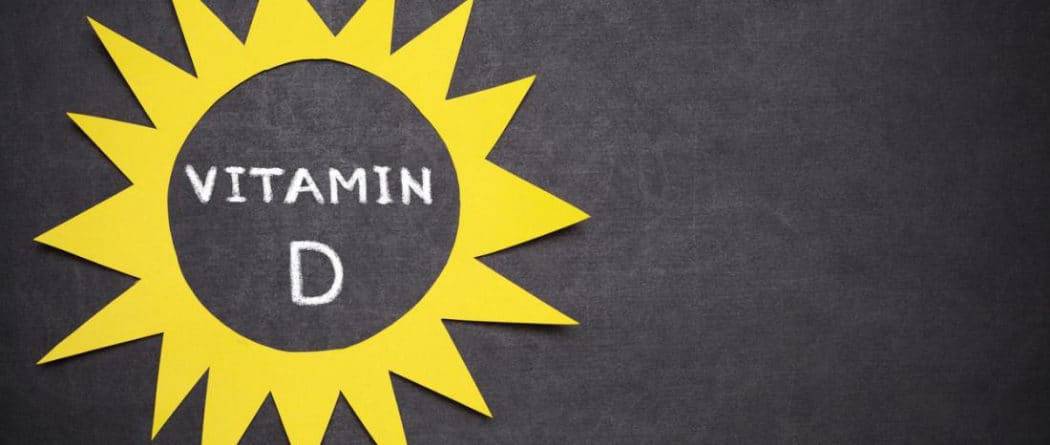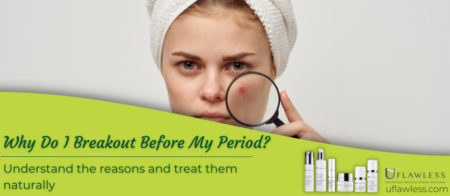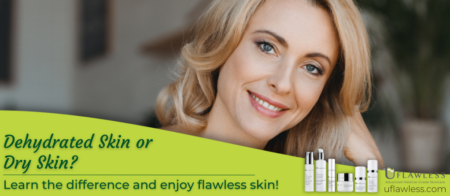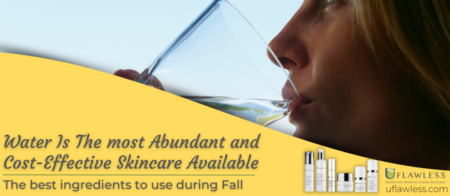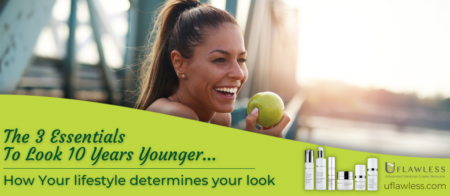What’s The Relation OF Vitamin-D and Skin?
Hello everyone! Hope everything is doing great and looks like the sun subject became popular here right?! That’s because one topic brings to another and people were asking so many interesting questions. I feel inspired to share some other words and explain the relation of vitamin-D and the skin.
Essentially Vitamin D is produced internally – in the epidermis – an internal layer of the body. This happens when the UV Rays, from sunlight, gets into the skin, without any protection, in our case here, sunscreen.
There are other ways of getting Vitamin-D, but nothing will compare the amount of Vitamin-D we can get from sunlight compared to other natural sources. We are going to also cover this here in this post today.
Vitamin-D and Sun Exposure to The Skin
Another important thing to highlight here is that we are talking to something controversial for many. The exposure to sunlight without sunscreen, which indeed is outrageous. But let’s make it clear. It’s the good exposure to the sun.
Healthy hours are from sunrise to 10 AM (max) and from 4 PM to sunset, when the inclination of the sun receives more UV filter from the atmosphere. That could be another chapter for another time.
The question that many people have when touching this topic is if we can meet the daily Vitamin-D needs only with sun exposure.
The answer is yes we can. But it depends on some factors like season, time of exposure, cloud cover. So it’s important to pay attention to some details, and once acknowledging it, we can adapt ourselves to get as many benefits as we can, naturally.
To have an idea, five to thirty minutes of sun exposure during good hours during the day (sunrise to 10 AM and 4 PM to sunset), twice a week is more than enough.
Going for a walk? First of all, protect at least the face. Especially if you are under any skin treatment, using glycolic or retinol. Use shorts and T-Shirts to go for a walk. Legs and arms good examples of exposed areas of the body that can help us.
During cold winter days, I know it’s harder, especially in the northern states in the US.
Remember that cloudy days count as well, even though reduced UV rays, but they still count as UV rays happen anytime during sunlight.
For those with limited sunlight can be aware that other sources are available too. Let’s have a look at them.
Other Sources Of Vitamin-D
Even though there are limited natural sources of Vitamin-D, people not exposed to sunlight can still receive this essential Vitamin to the body. Eating salmon, tuna, and mackerel and Cod liver oil are the best sources.
But for those who are Vegan, the best sources are mushrooms. But not all kinds of mushrooms. The best ones are:
- Brown (Crimini)
- Portabella Mushrooms
- Maitake Mushrooms
- White Mushrooms
Mushrooms are very particular because it’s the only natural vegetable source of Vitamin-D, but growers have to make sure that the mushrooms are exposed to sunlight. So for consumers, it’s important to be aware to check that information.
Mushrooms, as we humans, produce Vitamin-D when exposed to sunlight.
If these natural sources of Vitamin-D don’t take part in your daily basis, it’s vital that you make some effort to do so. Otherwise, you have to take some supplements, not natural, but better than nothing.
How Vitamin-D Helps The Body
When we are fully loaded with Vitamin-D in our bodies, the body is carrying a proper bone structure. Vitamin-D is essential vitamin that regulates minerals such as calcium and phosphorus, helping on the synthesis of bones teeth and muscular tissues.
- The immune system works better. The risks of getting flu, cold or any other low immune system virus is reduced
- One study at the Journal of Internal Medicine shows that Vitamin-D combats depression
- Another study, this time at the British Journal of Nutrition shows that Vitamin-D is a great helper on weight loss
- And good for the heart – as seen here in this publication from the American Journal of Clinical Education
What Happens When your Vitamin-D Is Low?
First of all, to be a 100% sure the levels of Vitamin-D are low, the best thing to do is to talk to your physician. They, better than anyone, will make a full questionnaire and most probably ask you to perform a blood test.
But in case you are not taking enough sun, foods that are known as good sources of Vitamin-D, as described above, you may feel:
- Some tiredness, aches, and pain. Felling low energy, even when sleeping well.
- Bone and muscle pain when climbing stairs, standing up from chairs
- Bone stress fractures, especially in the long bones, such as legs and arms due to lack of weak bones.
- In some cases of depression, when investigated, a boost in Vitamin-D could be the answer
Any Side Effects of Too Much Vitamin-D
Yes, when the diagnose is not 100% accurate, and an excess of Vitamin-D in the blood levels can cause some side effects, even though they are hard to happen.
- The levels of calcium get high – because Vitamin-D is a hormone that synthesizes calcium.
- Stomach ache, Constipation, and Diarrhea
- As it is a Vitamin essential for the absorption of calcium, too much of it may also cause the bones to become weak due to the unbalance of the needed dosage.
The bottom line is that we need to be aware with simple actions we can take in our daily basis. We all know that going out for a walk is a healthy habit.
Daily walkings, with the dog, jogging in the park or any other outside activity is good for health.
Good for the cardiovascular system, burning fat and keeping muscles toned. Strong muscles, means strong bones.
One more important thing. Nothing will replace a healthy lifestyle in regards for a healthy life. Healthy lifestyle means:
- Drinking plenty of Water – eight to twelve glasses of water daily
- Exercising daily – Workout, jogging, walking the dog. Any activity counts. Do it outside. Let the sun work on you!
- A balanced diet, with fruits and vegetables, lots of them on a daily basis.
- Meditate and Sleep well
Have a good one everybody and get into to know more about the only skincare that makes UFlawless


